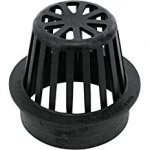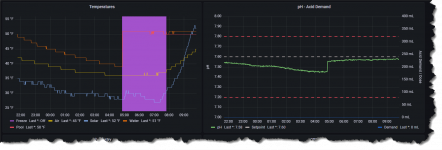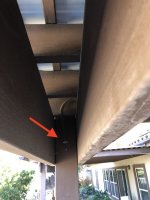- Nov 12, 2017
- 11,895
- Pool Size
- 12300
- Surface
- Plaster
- Chlorine
- Salt Water Generator
- SWG Type
- Pentair Intellichlor IC-40
Thanks. I thought the old iPhone mounted in the cabinet for access to both pool temp and Pool Math would get more applause. That's one of my favorite "inventions." I rarely carry my phone around at home, so having Pool Math always available at my "pool water testing station" is super convenient. You can't sell those things for spit, so I just repurpose them. I'm still using my 12-year-old iPad 1 (that's the bedroom temperature/weather display gizmo). The iPhone 5 is my pool water testing gizmo. And my iPhone 4 can still run my grocery list app, so that lives in a kitchen cabinet! I still have to find a use for my iPhone 1 (yah, I'm a pioneer!When @Dirk does something he DOES it + some! Well done and great use of extra electronics.
That's a great idea, and I'm a bit embarrassed I didn't think of that! So I fired up the printer and made one this morning. What do you think?I wonder if you could put a 'cage" over the pool probe? I am seeing a domed pvc thingy. Maybe someone with a 3d printer could make one.

OK, just kidding (about the making, not the great idea). This is a garden drain pipe cover. I'm going to fit this one, or one like it, to the equalizer port! (Well, when the water warms back up I will!!) I'll make it break-away, so it won't torque the PVC port if someone kicks it or something else bangs into it, but it's just the ticket for keeping little paws from messing with the probe. WIth this, I could pull the probe out a bit more and maybe reduce temperature interference from the auto-filler well.
Thanks for the tip!!
Last edited:




